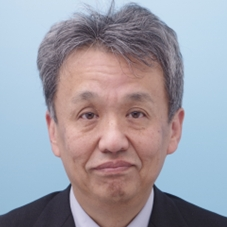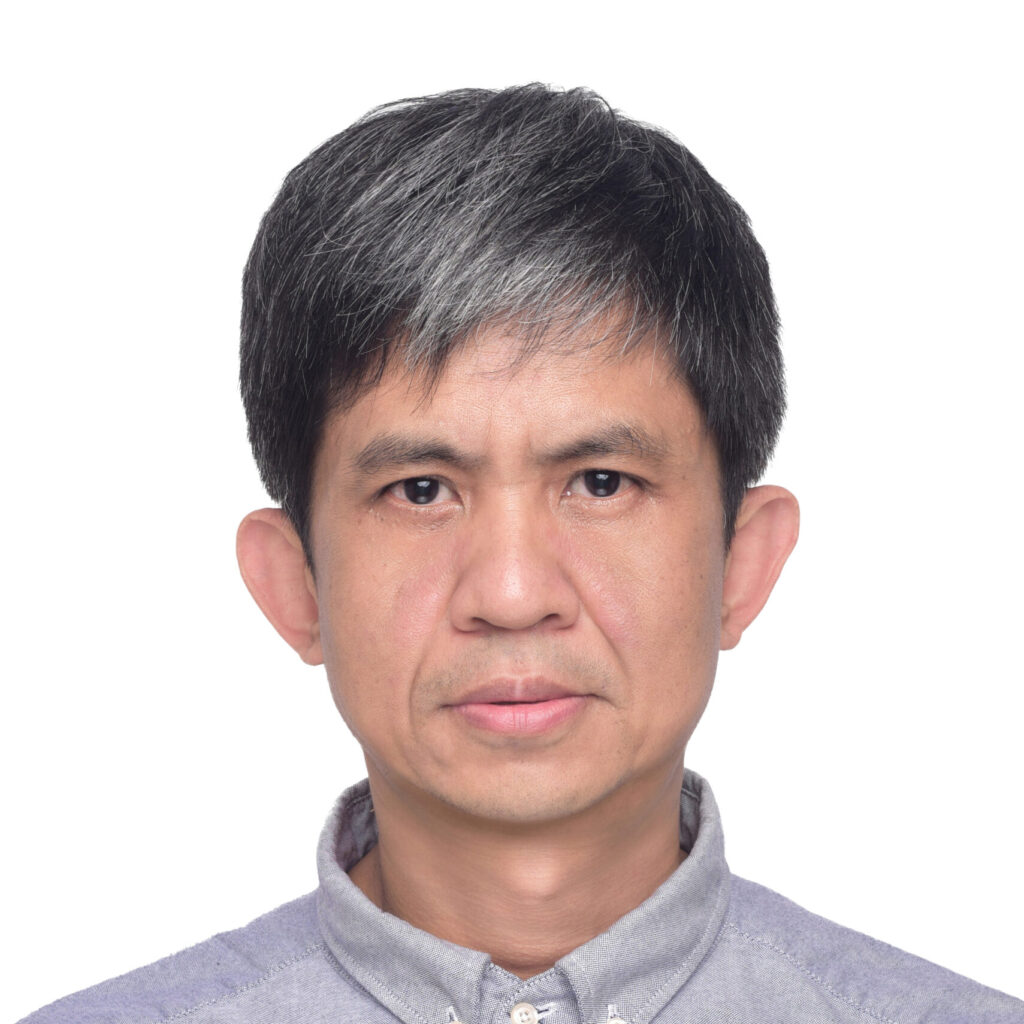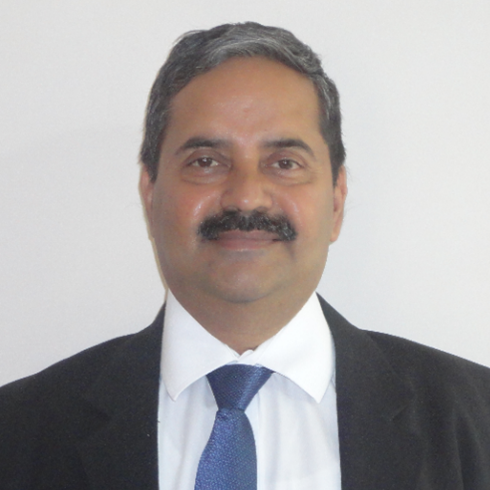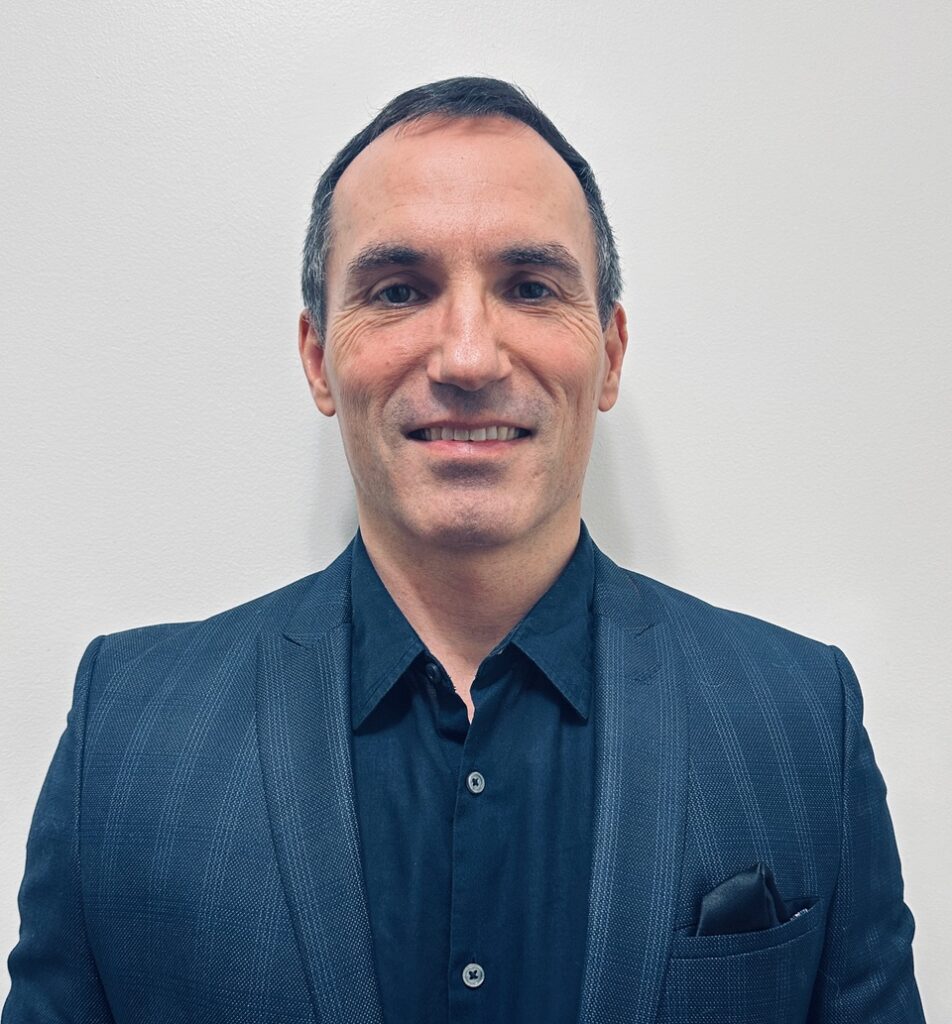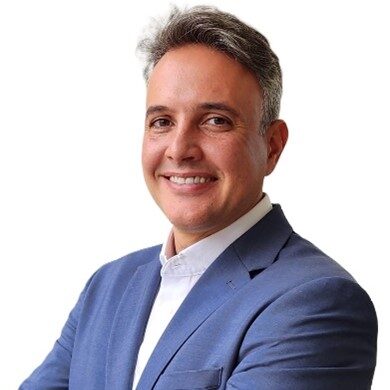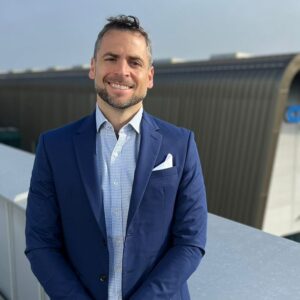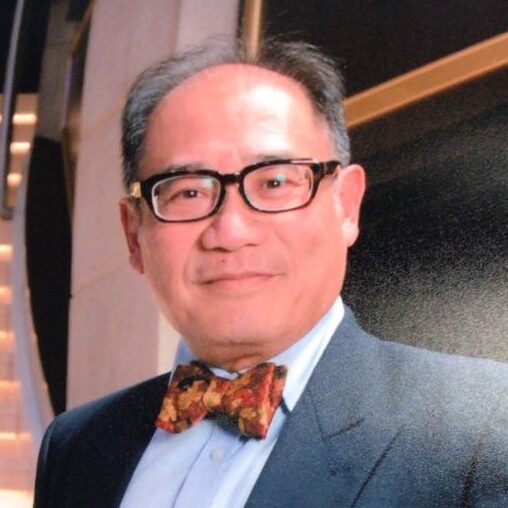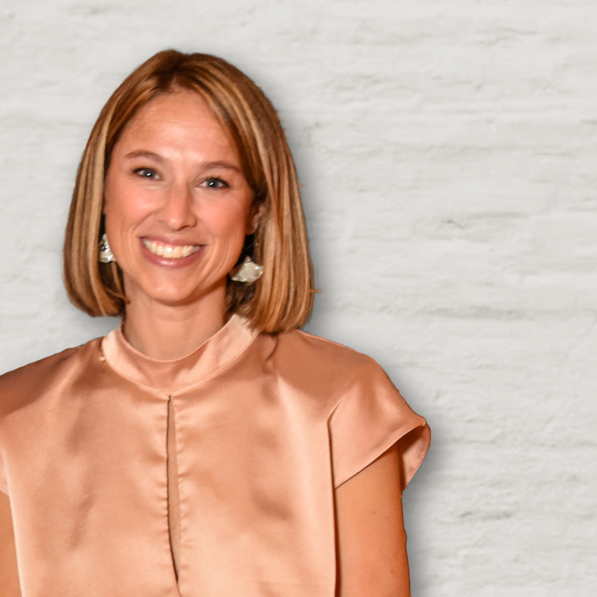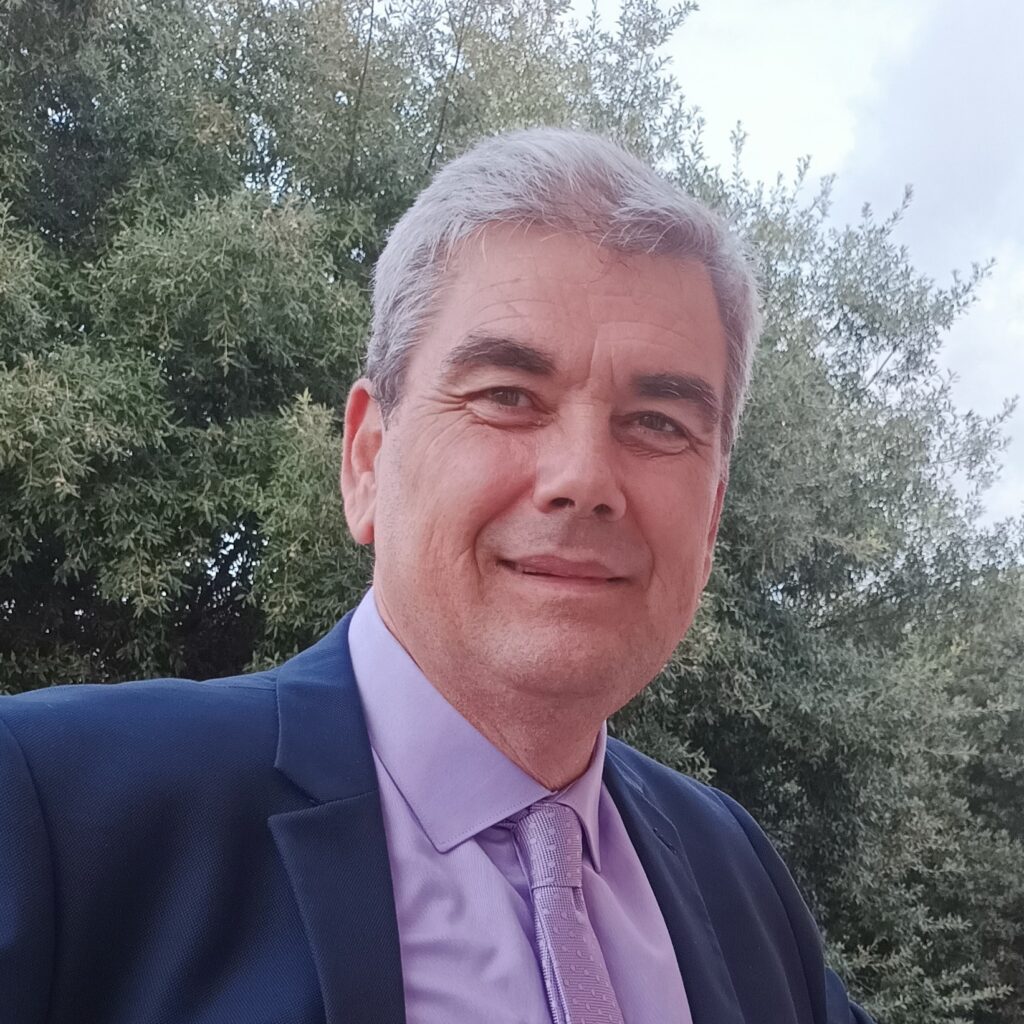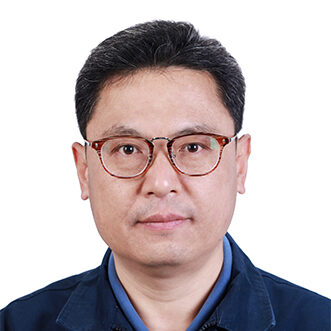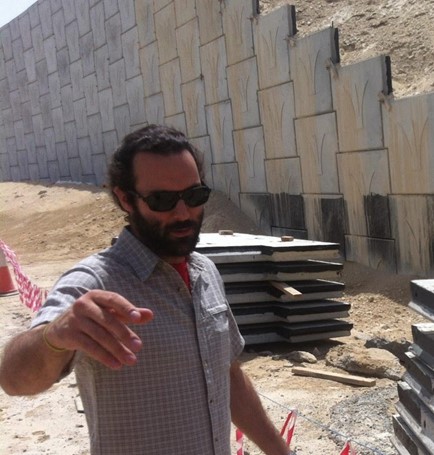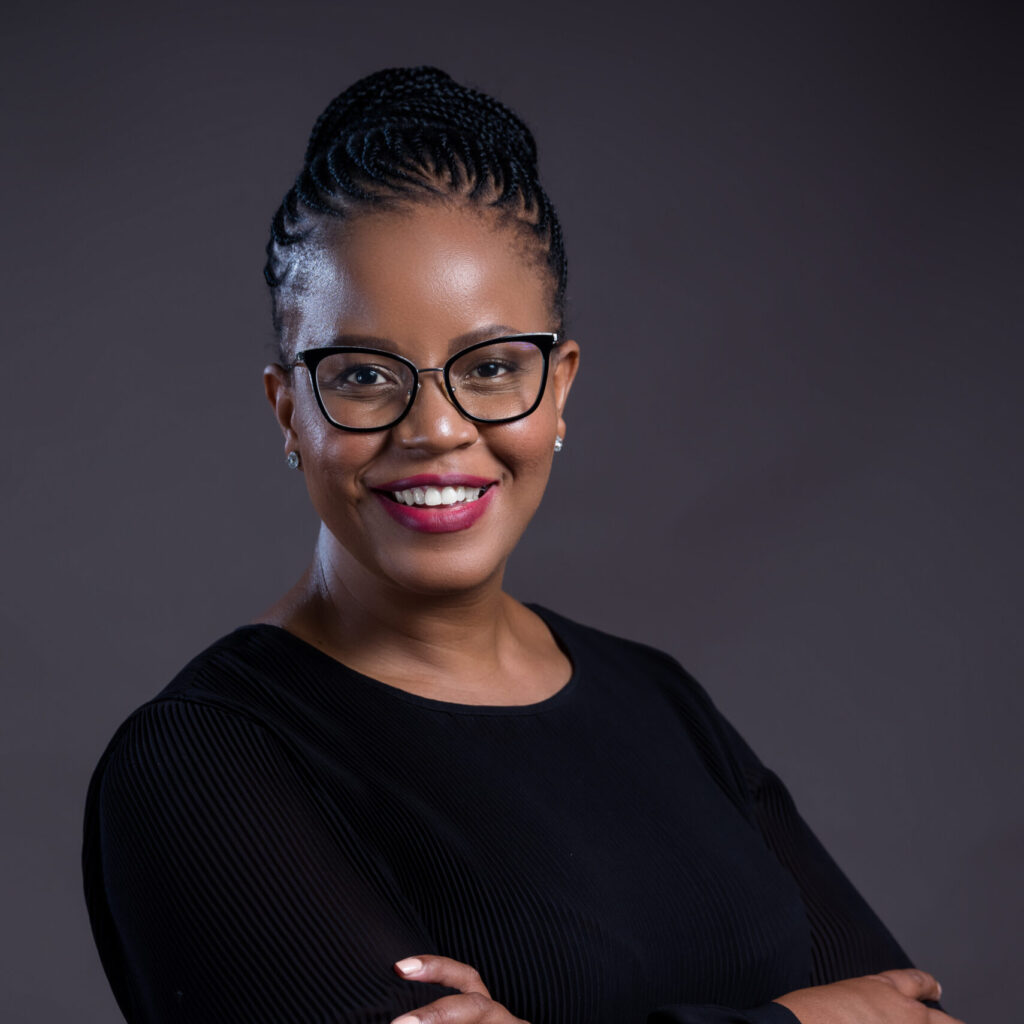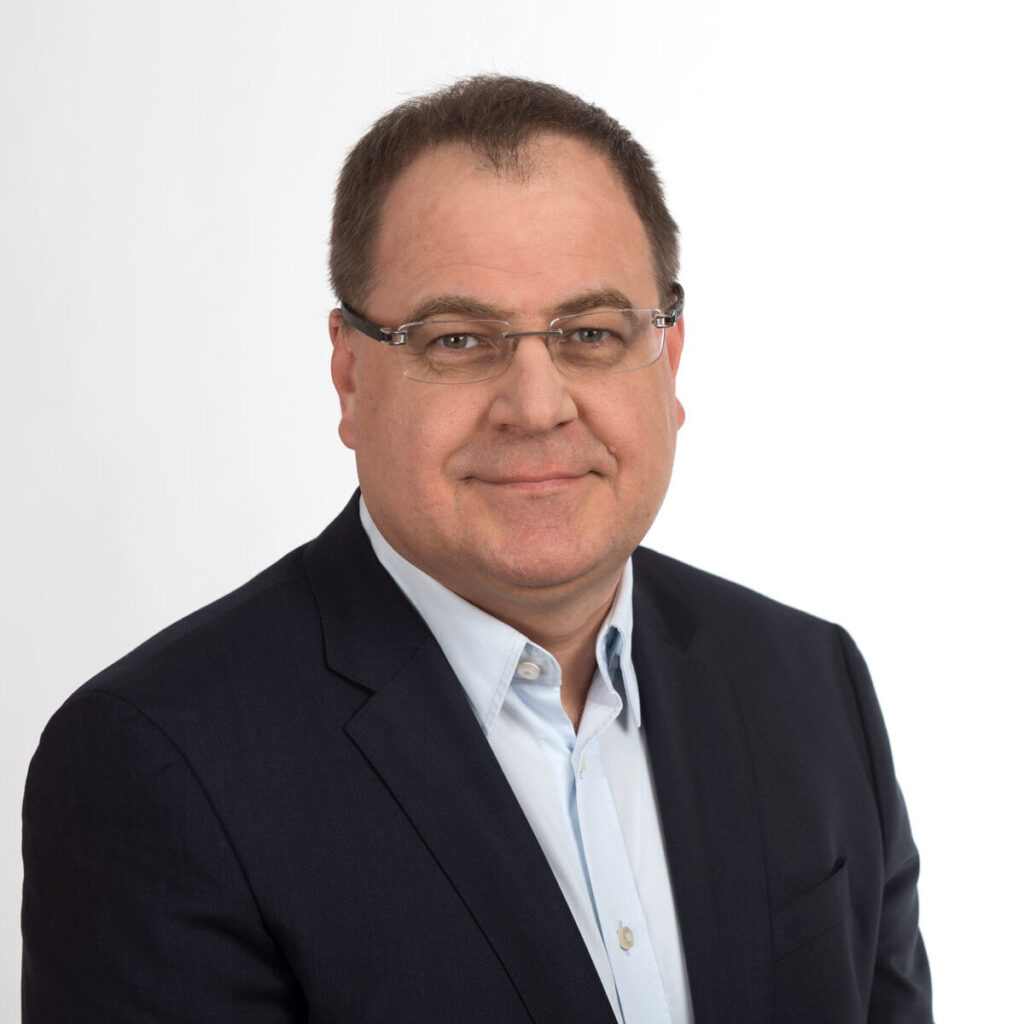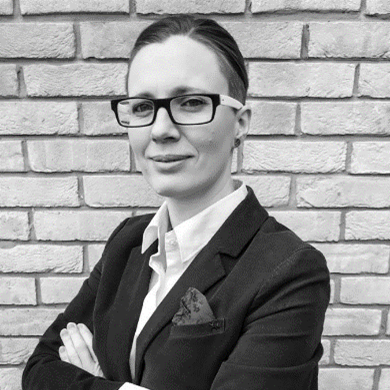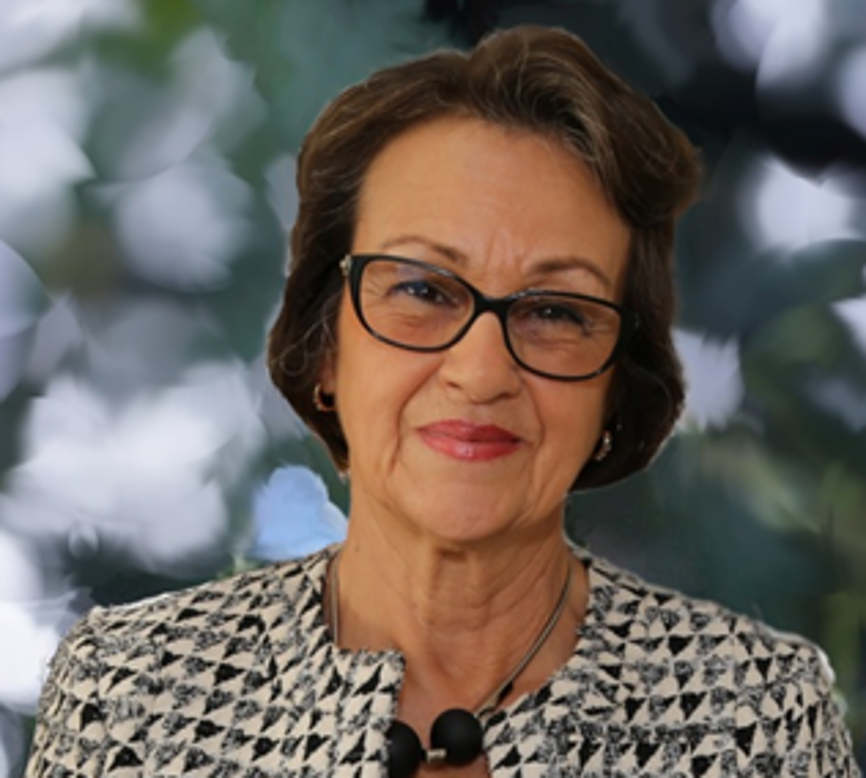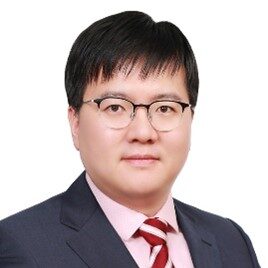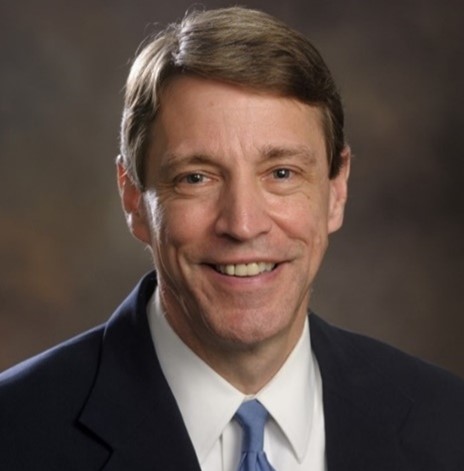The climate change debate is intensifying, leading to increasing scrutiny on sustainability practices. Energy use, waste disposal, water consumption, emissions and cradle-to-grave practices are all being discussed with new urgency.
Here, geosynthetics industry leaders discuss their sustainability initiatives and research, and why we all have a moral obligation to accelerate our efforts in this key area.
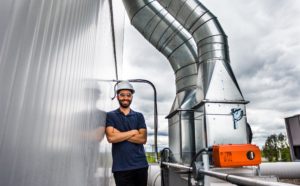 Reducing consumption
Reducing consumption
Global geosynthetics manufacturer Solmax supplies some of the biggest names in mining, petroleum, waste management, construction, irrigation, civil engineering, hydraulic and environmental works, infrastructure, and transport.
And with that worldwide impact comes huge responsibility.
Solmax’s heat recovery project at its plant in Varennes, Canada, is a great example of how harnessing and redistributing waste energy can reduce overall gas consumption.
It’s the sustainability project President and CEO Jean-Louis Vangeluwe said he is most proud of.
He explained: “In Varennes we discovered that by recovering the waste heat produced in our manufacturing facilities and using it to improve the energy efficiency of other spaces, we can significantly reduce our natural gas consumption and greenhouse gas emissions from our factory per meter of product.
“Since installation in 2019, this project has realized a 90% decrease in natural gas costs and has reduced our natural gas consumption by 4,014 gigajoules per annum – the energy equivalent of 97 residential homes. More importantly, it has resulted in a 200 tonne decrease in CO2 emissions per annum. Whilst the project would normally have had an amortisation period of around five years, we were able to reduce this to just 9.5 months by working with the Canadian government’s federal subsidy program for greenhouse gas reductions.”
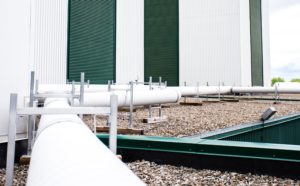 Solmax is also looking to take advantage of Varennes’ extremely cold winters (outside temperatures are lower than 15°C during 70 to 80% of operational hours) by installing free cooling technology. Free cooling uses low outside temperatures to chill water used in various industrial processes. This not only reduces electricity costs but could significantly reduce the plant’s use of refrigerants, potentially lowering its Scope 1 Greenhouse Gas emissions by up to 25%. Scope 1 emissions are those from sources controlled or owned by an organization.
Solmax is also looking to take advantage of Varennes’ extremely cold winters (outside temperatures are lower than 15°C during 70 to 80% of operational hours) by installing free cooling technology. Free cooling uses low outside temperatures to chill water used in various industrial processes. This not only reduces electricity costs but could significantly reduce the plant’s use of refrigerants, potentially lowering its Scope 1 Greenhouse Gas emissions by up to 25%. Scope 1 emissions are those from sources controlled or owned by an organization.
“We want to make our climate challenges work for us, not against us,” said Mr Vangeluwe.
Solmax also recently employed its first Sustainability Manager. It will announce new green targets and initiatives in 2022.
Turning waste water into irrigation
Texas Research International (TRI) Corporation, a global materials science services company, is focusing on water management and material recycling. The company has slashed its monthly water use by nearly 70% thanks to its water management program.
Sam Allen, Vice President and Director for TRI’s Environmental Group, a series of global geosynthetics and geotechnical laboratories, explained: “Laboratory operations require a lot of test water controlled to a specific test temperature. In addition, many hydraulic laboratory tests require deionized and de-aired water for proper measurement of hydraulic properties. Geotechnical testing also requires many washes of soils to facilitate processing and measurement of particles. It is not uncommon for our corporate laboratory in Austin, Texas, USA, to process more than 165 cubic meters of water in a single month for testing purposes. This excludes water used for other functions and establishes the urgency for water management.
“In response, TRI has incorporated an extensive recycle/reuse water management program to recycle where we can, capturing and reusing test and grey waters for equipment cooling and site landscape irrigation. The measures implemented have reduced monthly water use to approximately 50 cubic meters per month.”
TRI is also keen to engage a recycling partner for its spent geosynthetic test specimens.
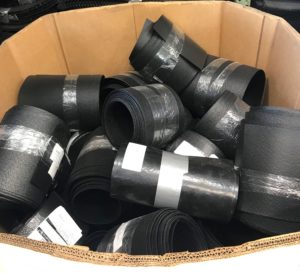 Mr Allen said: “We receive, process and test a significant quantity of HDPE, LLDPE, PVC and other polymeric geosynthetic materials. Much of it is as-manufactured and thus clean and ready for chipping and reuse in the manufacturing community – our own ‘regrind’ supply if you will.”
Mr Allen said: “We receive, process and test a significant quantity of HDPE, LLDPE, PVC and other polymeric geosynthetic materials. Much of it is as-manufactured and thus clean and ready for chipping and reuse in the manufacturing community – our own ‘regrind’ supply if you will.”
To operate in a sustainable way is a no-brainer for businesses like TRI.
Mr Allen said: “It’s important not just in the geosynthetics industry and TRI but also in every aspect of our lives. The traditional ways and means of infrastructure development are no longer sustainable due to the undesired associated contributions of carbon emissions and precious resource consumption and waste.
“The geosynthetics industry provides important solutions to these challenges. It is imperative for us all to promote their appropriate and responsible use. And yes, cost savings and a lighter environmental footprint should be anticipated with geosynthetic applications.”
Opportunity for change
Awareness of sustainability benefits are still filtering through the industry. A recent IGS sustainability survey showed there is a huge opportunity for collaboration, education and innovation when it comes to improving our industry’s environmental impact.
The IGS polled geosynthetics groups whose operations were most likely to have the greatest direct impact on the environment, and reviewed the steps they were taking to reduce this.
The groups were product manufacturing (PM), engineering design services (EDS) and product distribution & sales (PD).
There were encouraging statistics on the current efforts of respondents to operate more sustainably.
For example, nearly half of PMs surveyed had an environmental policy statement and a quarter were considering one. PDs also said more than half of the manufacturers they used had an environmental policy statement.
However, survey results showed there was opportunity for growth in other areas such as education and accountability; an area in which our industry could make significant strides.
For instance, all three groups reported very low commitments by their respective companies to environmental outreach initiatives such as stakeholder partnerships and community engagement. Very few publish sustainability performance reports.
Cost-saving and efficiency appeared to take priority over environmental considerations. This is encouraging if testament from industry leaders Solmax and TRI are anything to go by – they believe being more sustainable saves money too.
Overall, the survey demonstrated the industry was making inroads in more sustainable behaviors. Nearly half of respondents said they practiced waste recycling, and energy and waste reduction. Companies should now be encouraged and supported to redouble their efforts in making a greener impact.
Back to basics
TRI’s Sam Allen’s advice for geosynthetics companies keen to emulate more sustainable practices is clear: get the foundations right and build from there.
“Sustainability starts with a policy and associated policy targets, complete with action items and deadlines – this is the way sustainability goals are met. Thus, a first important step is to establish the intention via a Corporate Sustainability Policy, then the implementation of sustainable practices to preserve raw materials, energy and water resources follows,” he said.
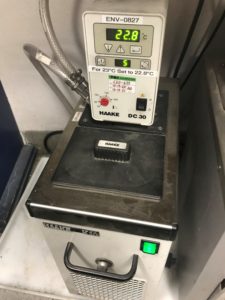
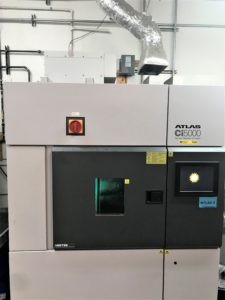 “There are many technologies immediately available to make important steps such as water recycling chillers as well as solar panels for energy generation and intelligent thermostats for targeted temperature control. A growing move to more geosynthetic products using recycled materials is a logical industry evolution with the necessary and meaningful product research and required assurance of product service life.”
“There are many technologies immediately available to make important steps such as water recycling chillers as well as solar panels for energy generation and intelligent thermostats for targeted temperature control. A growing move to more geosynthetic products using recycled materials is a logical industry evolution with the necessary and meaningful product research and required assurance of product service life.”
Solmax’s Mr Vangeluwe agrees.
“The best place to start is to look at your own operations and to maximise improvements that can be made in terms of reduction of electricity (particularly in markets whose electricity generation relies heavily on fossil fuels) and stationary and mobile fuel usage, plus logistics,” he said.
“More and more governments, cities and municipalities around the world are offering grants, subsidies and tax breaks to manufacturers who implement energy efficiency methods – Solmax has used these opportunities to great effect, both in terms of cost savings and proof of concept.”
For Mr Vangeluwe a successful sustainable company is one that doesn’t operate in isolation and is honest with its stakeholders.
“One of the main hallmarks of a sustainable company is one that engages. I believe that the same can be said for a sustainable industry too. If we want to drive the sustainability of our industry, we need to collaborate. Not just with each other, but with external stakeholders too,” he said.
“One of the main challenges – at least from the point of view of perception – is the plastic dilemma. Of course, we should absolutely embrace circularity wherever possible. However, where recycled materials are unacceptable for reasons of quality and specification, we need to ensure that all industry stakeholders understand why we cannot use them, and that our industry falls into the ‘good plastics’ category.
“It is not good enough that we as manufacturers know that geosynthetics are the most environmentally responsible choice. It is up to us to demonstrate this as fact, as no one else is going to do it for us.”
Explore the research
One such demonstration is the important work of experienced practitioners like Dr. Richard Bathurst and colleagues.
The ability to easily compare and understand the relative sustainability benefits of different geosynthetics options is key to allowing decision-makers and buyers to make better informed choices.
Dr. Bathurst and his former PhD student Dr. Ivan Damians have for the first time applied methodology that quantitatively measures the sustainability and environmental impacts of various engineering solutions, to retaining wall options. Sustainability was measured in terms of cost, environmental impact, and societal factors such as ascetics and the flexibility to change designs. Their findings were presented in two papers1.
Their approach can be easily applied to other geotechnical/civil engineering earthwork systems options using geosynthetics, for example, earth dams, lined landfills and reinforced soil slopes.
Dr. Bathurst, of the Department of Civil Engineering at the Royal Military College of Canada in Kingston, Ontario, suggests a path to operating more sustainably could begin by reading publications such as theirs.
“This will inform decisions on the choice of retaining wall options from a sustainability point of view, and add credibility when presenting design options to clients,” said Dr. Bathurst, who has been immersed for more than 30 years in the research of soil reinforcement technologies.
“In the future, civil engineering earthworks bid packages will require a sustainability assessment. This is already a requirement for bid packages for Federal and Provincial projects in Canada. Therefore, investment in and awareness of comparative research into geosynthetic materials is vital to providing the evidence to decision-makers that solutions with a geosynthetics component can be the sustainable option.”
Education and awareness
TRI’s Sam Allen believes the opportunities for more sustainable operations are limitless. Keeping ‘our own house in order’ can only be beneficial for our industry’s credibility when it comes to championing sustainability.
He added: “The challenge begins and ends with education and awareness. I truly believe once communities are aware of the responsibility for action and the cost of doing nothing, the initiative becomes very strong to implement more sustainable practices.”
Solmax’s Jean-Louis Vangeluwe said: “Operating in a sustainable, responsible manner does not generally cost any more than operating in an unsustainable manner. At the very least, sustainability measures – by design – save costs in the long term. Let us not forget that the true meaning of sustainability does not solely cover environmental issues, it considers social and economic issues and the relationship between these three spheres. The cost-saving benefits of sustainability is an added bonus.”
He added: “As manufacturers we have a moral responsibility to reduce the environmental impact of our products and processes. The very definition of sustainability is meeting the needs of the present without compromising the ability of future generations to meet their own needs. This notion is more critical now than ever before. Everyone – individuals, manufacturers, customers and governments – should be fully on board with this concept.”
**
The international geosynthetics community is a rich source of innovation when it comes to sustainability and offers a supportive sounding board for companies beginning or evolving their green journey.
Learn more about how geosynthetics can help construct a more sustainable world by getting in touch with the IGS Sustainability Committee here.
Do you have a sustainability success story? Email us at igssec@geosyntheticssociety.org.
Missed our first Spotlight On Sustainable Initiatives article? Click here to read.
**
1 Damians, I.P., Bathurst, R.J., Adroguer, E.G., Josa, A. and Lloret, A. 2017. Environmental assessment of earth retaining wall structures. Environmental Geotechnics 4(6): 415-431 (http://dx.doi.org/10.1680/jenge.15.00040)
1 Damians, I.P., Bathurst, R.J., Adroguer, E.G., Josa, A. and Lloret, A. 2018. Sustainability assessment of earth retaining wall structures. Environmental Geotechnics 5(4): 187-203 (http://dx.doi.org/10.1680/jenge.16.00004)






